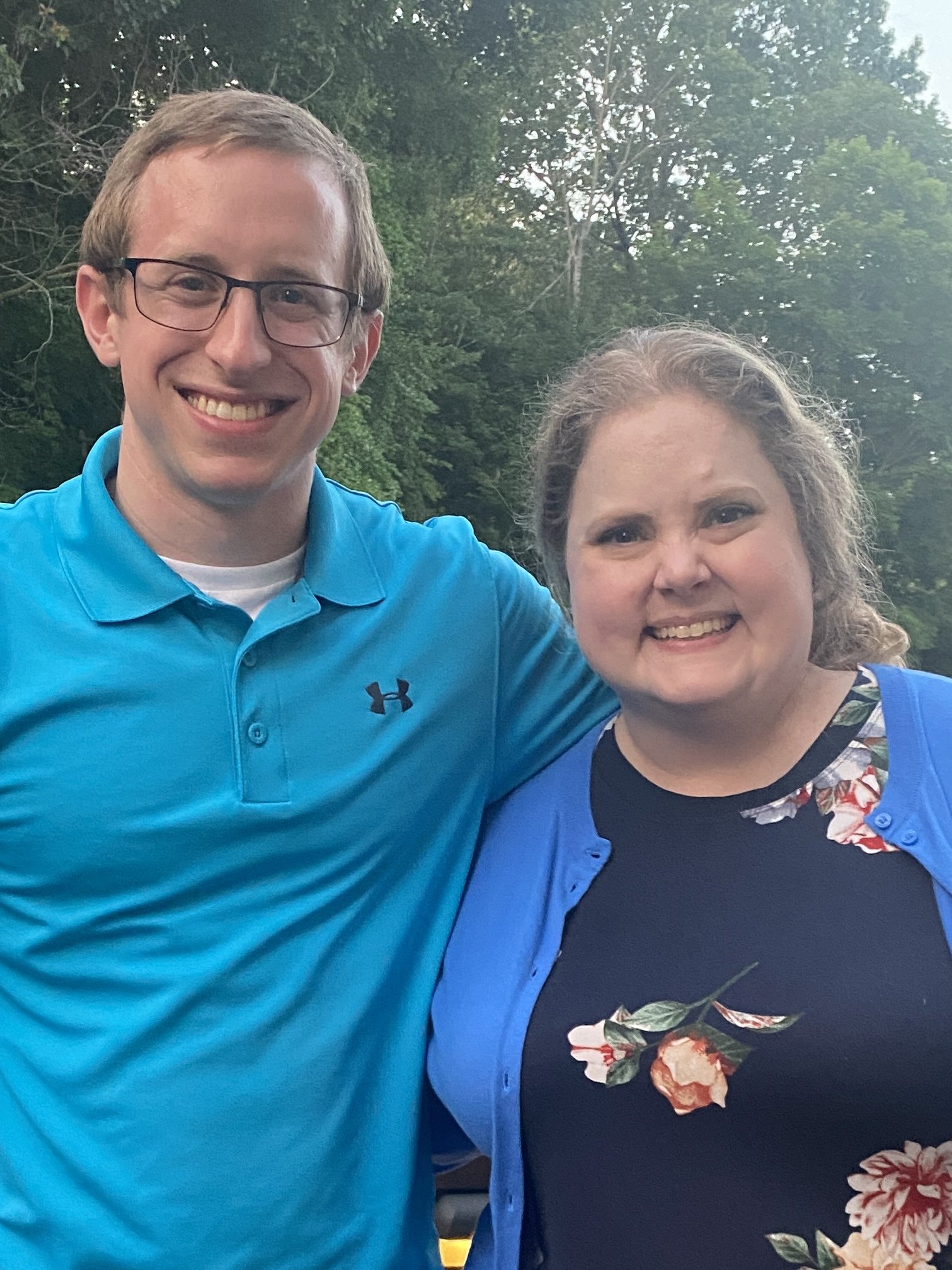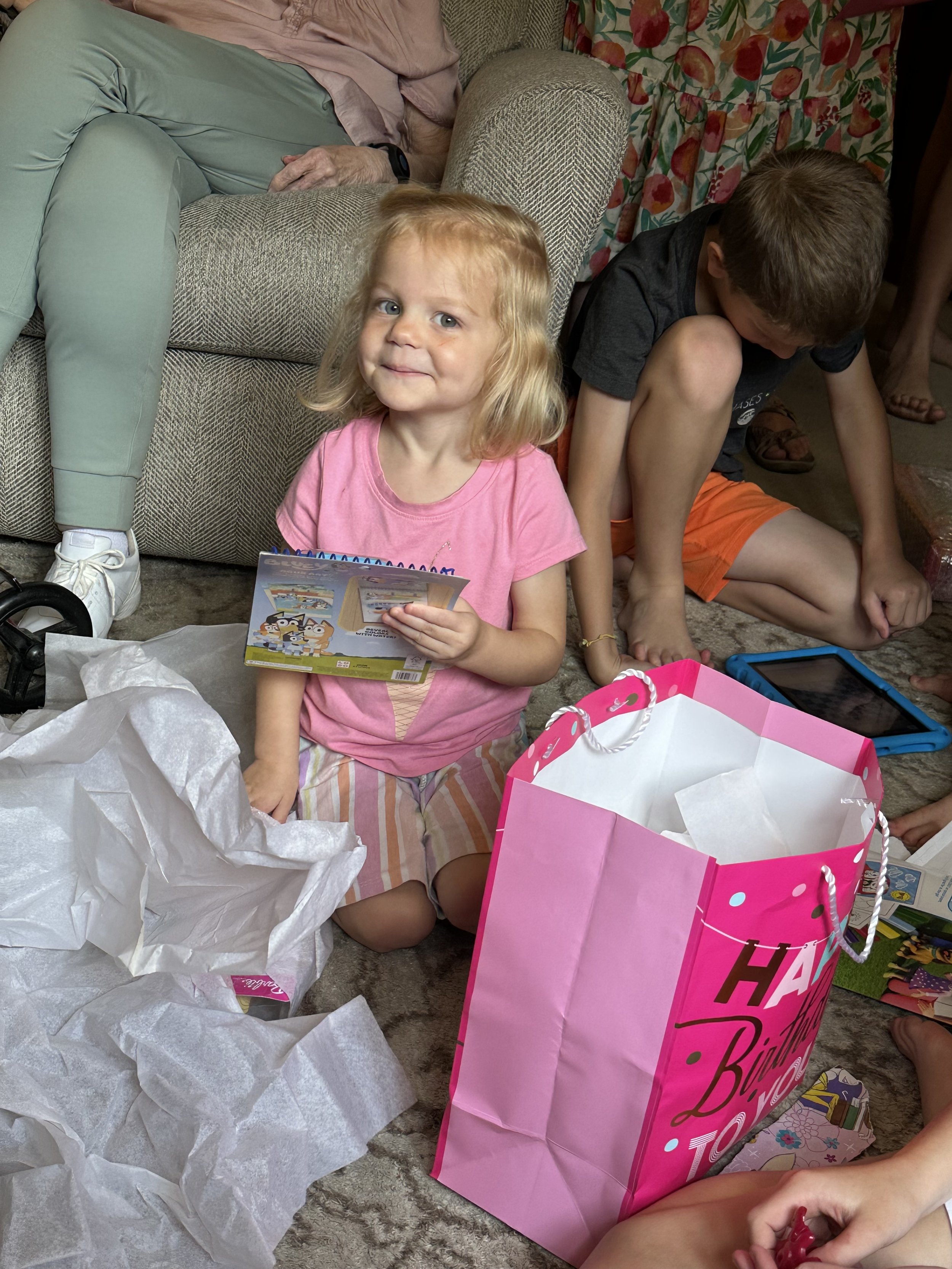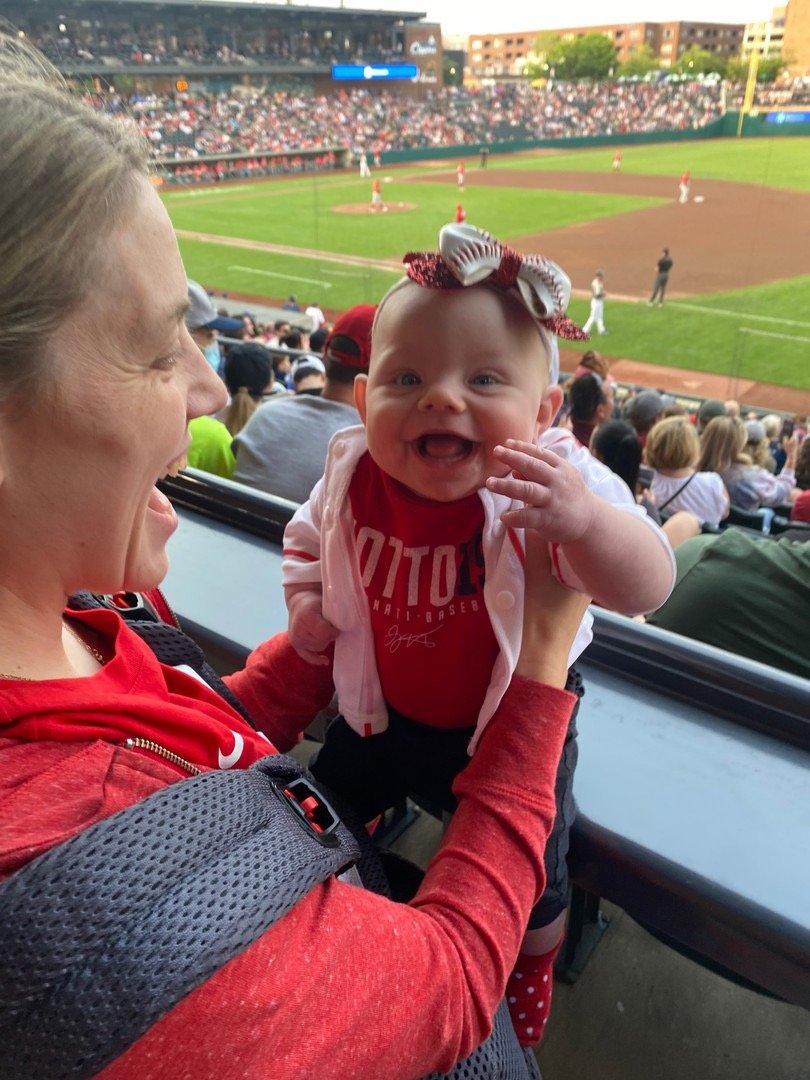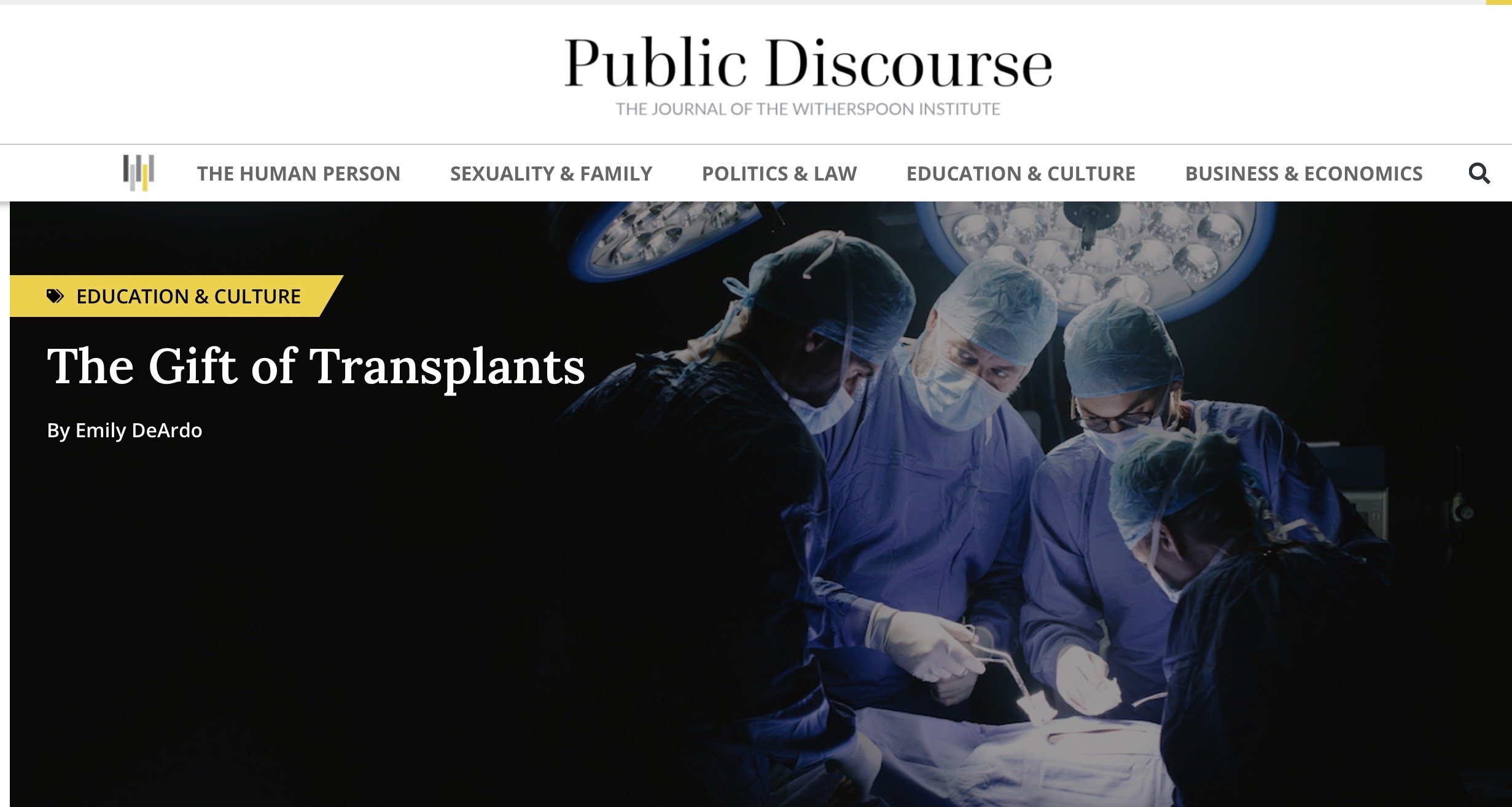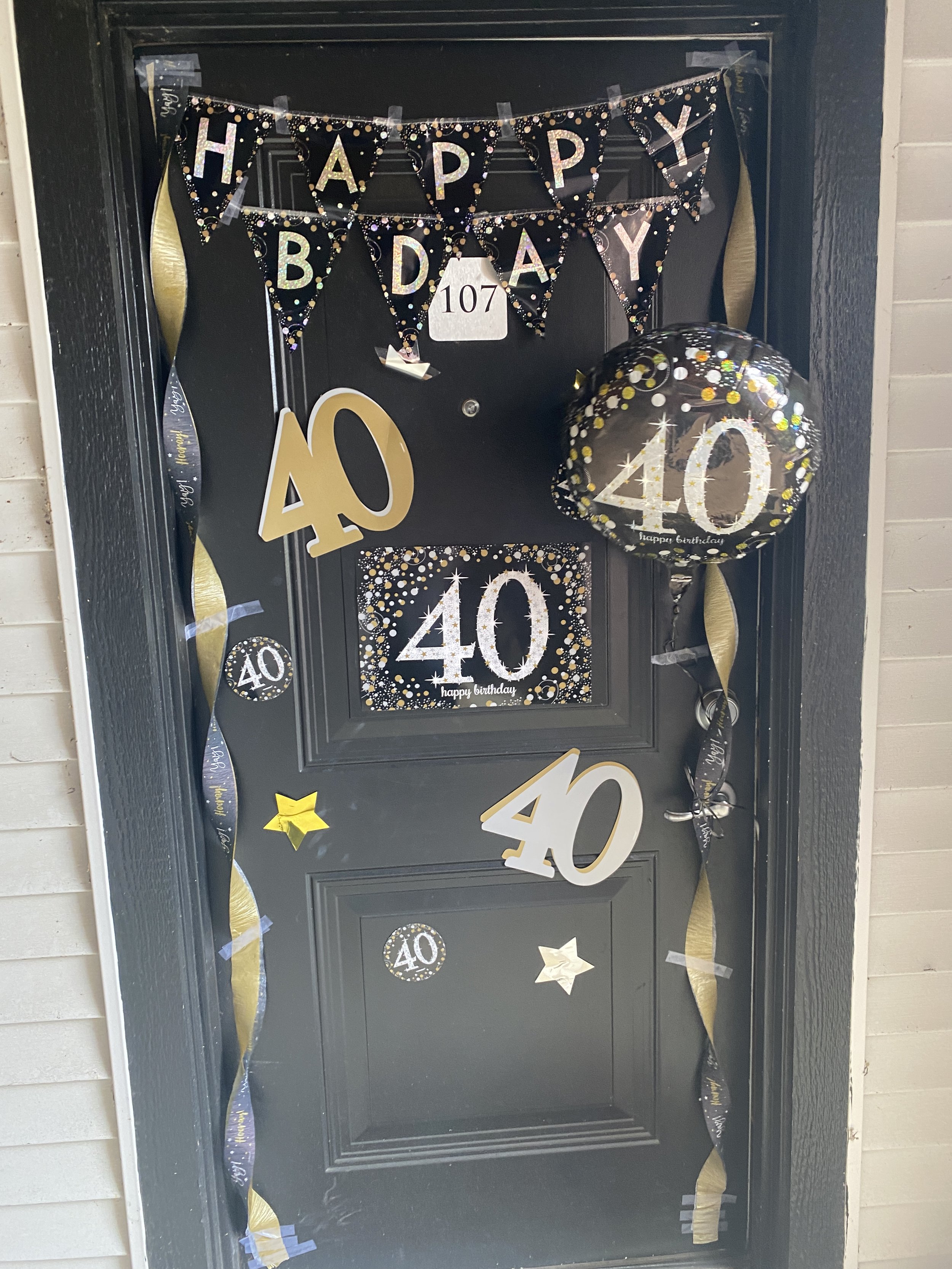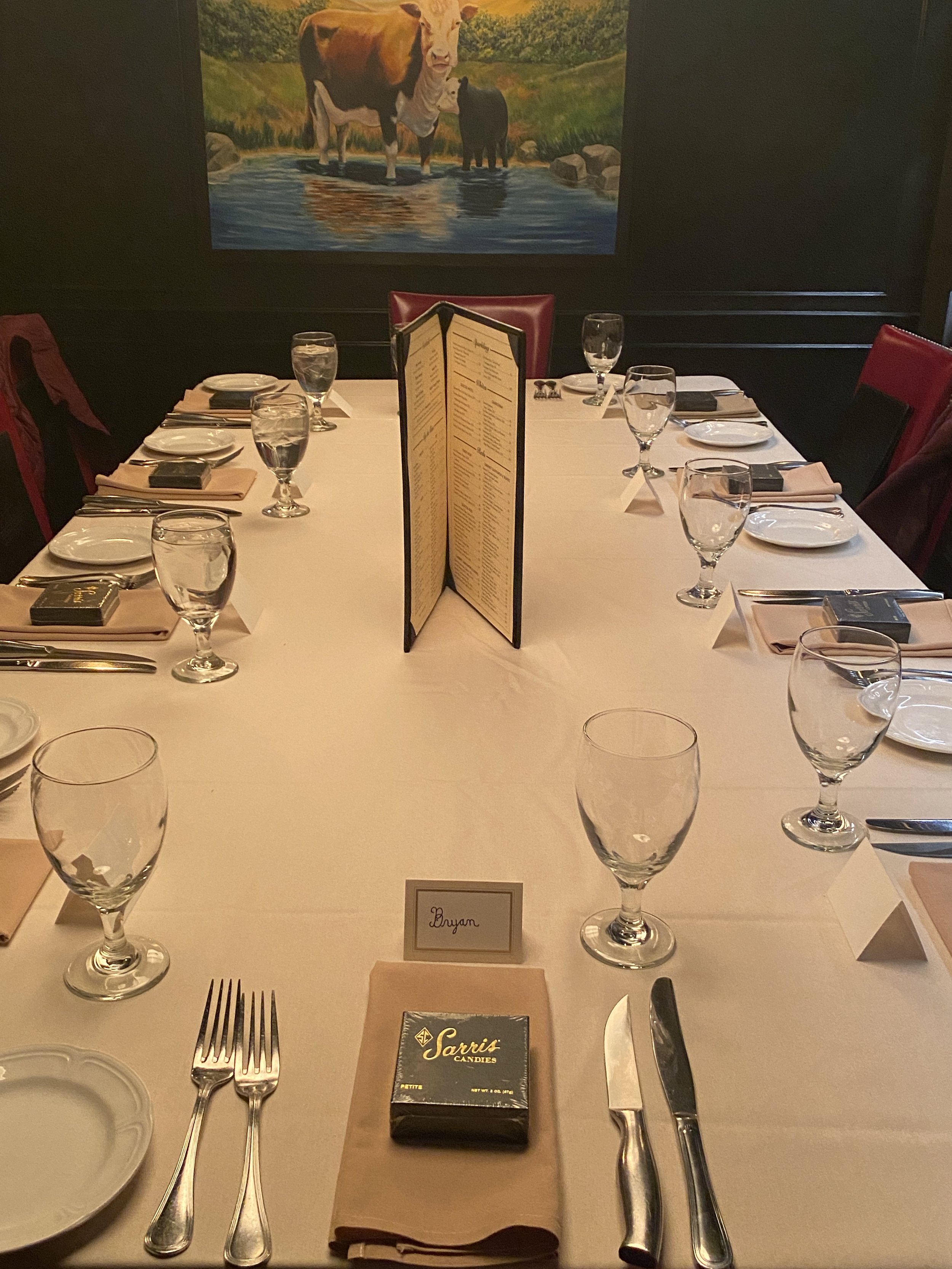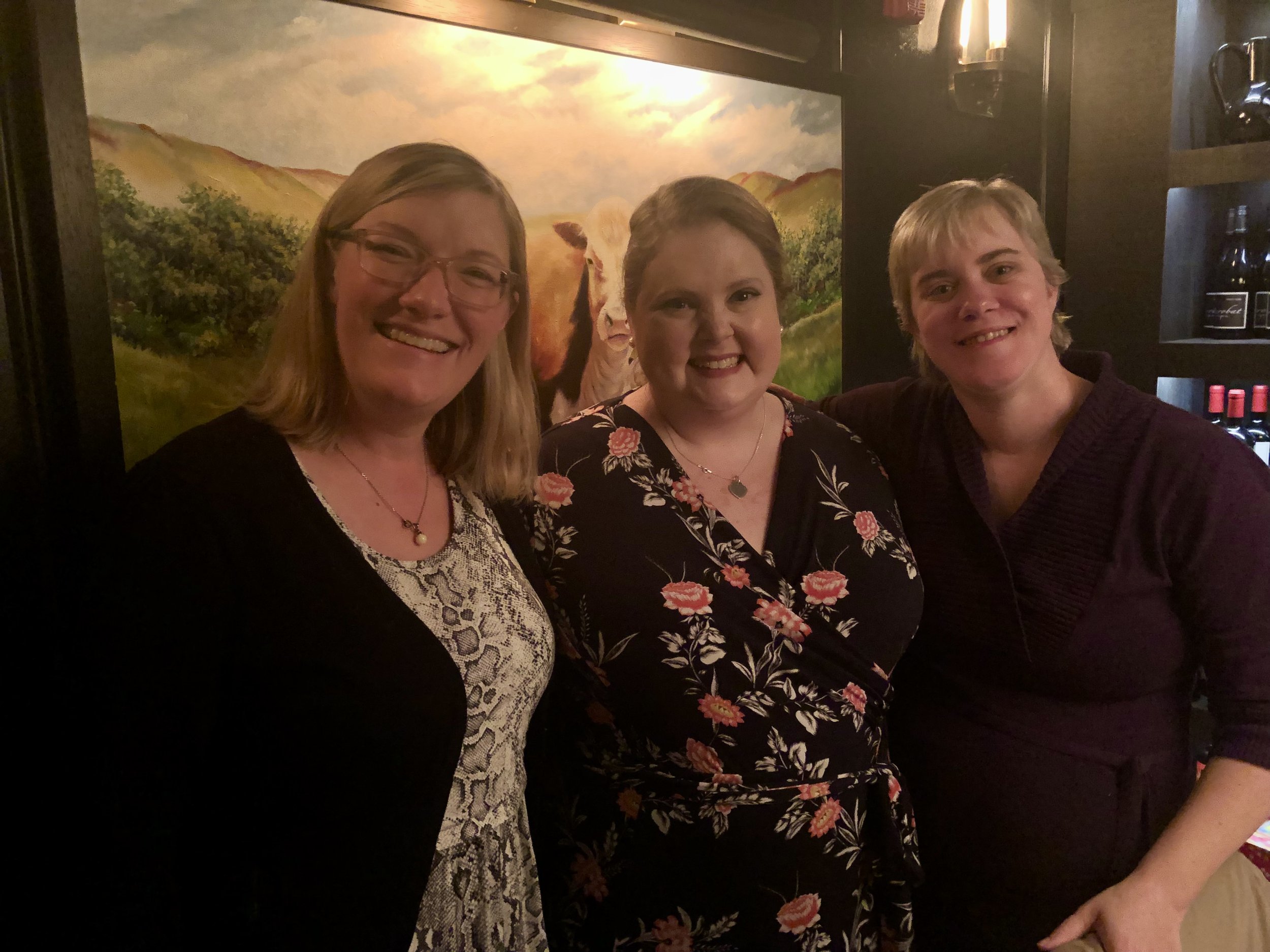Take a look at the picture of me on the sidebar. (If you're reading this in email, click through.)
What do you see?
I'm not asking for an assessment of my physical attractiveness, or lack thereof. But if you just looked at that picture, you would think, yes. She looks like a pretty typical 30ish woman.
This is what you'd be missing:
*You can't see my cochlear implant, tucked behind my left ear. I don't wear any hearing devices in my right ear, and there's only about 20% natural hearing left there.
*The scar on my forehead? You can see that, but you probably don't know it's from a skin cancer removal. You also can't see the bald patch on the back of my head, from another one. Skin cancer is 10x more common in post-transplant people, because of our immunosuppression. It's not because I'm fair. (And I'm religious about sun protection, anyway).
*You can't see that I've got about 52% lung function--which for me is good. That's great! But for normal people, if it's lower than 70%, there's probably an issue. For me, 70% is a dream I will never see again, after hitting it in 1997. So imagine working without one lung. That's me all the time--and that's GREAT. I LOVE IT!
*You can't see the burn on my right arm, which is left over from transplant surgery. Third degree burn. Skin graft. It's rendered my right arm usable--thank God I still have it!--but it doesn't have complete function like it used to. (Knitting probably helps, though, in making it stronger.) The skin is very, very delicate. It tears easily. So I can't do a lot of manual labor with this arm--and this is my dominant arm. If you were looking at me, you'd notice, but you wouldn't have all that information.
*Oh, and I'm anemic. I always have been. Part of the paleness. :) But that affects my stamina, too. I'm used to it, now, but there are times when I need red meat and sleep--Moreso than the average bear.
I'm telling you all this because invisible disabilities have been in the news lately, as a part of the new Medicaid standards the administration is considering. I look pretty "able bodied", but I'm not--as any physical exam would show. I can't use a telephone--I use FaceTime, but not a real phone. If you call me, I can't understand you. You will sound like Charlie Brown's teacher. Being immunocompromised means if I get sick, there could be a hospital stay in my future. You get the flu, you stay home. I get the flu, I can end up in the hospital. I need to be more circumspect about where I go, especially during flu season. And honestly, I need to take care of my body. That means giving it enough sleep, among other things.
So, looking at me, you can't see these issues. But they're there. And when you compare me to an average 35 year old woman, it becomes apparent. Invisible disabilities are real. Ask anyone who has arthritis, for example. Or diabetes. Or epilepsy (which I had as a kid). They're not to be taken lightly. Just because someone looks able-bodied, doesn't mean she is able-bodied.
As a society, we need to be cognizant of that. I'm not making policy suggestions, here, but we need to be aware that there are serious disabilities that people cannot see, and that can impact ability to work. For example, I look fine. But you don't want me to be your receptionist, or ask me to carry heavy things or fix machinery on a regular (or even semi-regular) basis. And of course, I see many more doctors than average people. I see my transplant doctor every four months--I see my ENT every four months. I see my dermatologist very frequently, and I have days where I'm out having Mohs surgery, or having things removed--that takes time. I can have surgeries scheduled at the drop of a hat. Any employers who hires me needs to be aware of those things, and needs to be flexible about them. If they're not, then I'm in trouble. And my employer won't be happy, no matter how great my work is, or how intelligent I am. Without that understanding and flexibility, a job will be hard for both of us.
I want to provide this as food for thought, when you read about invisible disabilities, or work requirements. It's not wanting to work--it's things that make working difficult, for both employer and employee.
*
Having said that, though, I don't think a person with a disability or a chronic illness should automatically go the SSDI/Medicaid route. Here's why.
I think that being "normal", as much as you can, is good for self-image, self-esteem, and general mental health. I know that one of my biggest drivers growing up was that I was not going to be babied. I was going to be normal. That meant, doing my homework. Going to school. Taking exams. Etc. If I needed accommodation, I asked for it, but it was low-key. I finished high school. I went to college. And after college, I got a job.
I knew that I would need a job with good insurance. So yes, if you have medical issues, that means you have to consider jobs with good benefits. It doesn't mean you can go off and join a non-profit that doesn't provide good medical coverage, OK? You have to be reasonable and logical. I wrote more about this here.
I do not think it is a good idea for people with CF to sit around at home and bewail their state. First off, that would have driven me insane. Really. When I had to be home for four months post-transplant, after about month three, I was going stir-crazy. I have to have things to do.
But--there comes a time, when yes, you can't work anymore. This happened with my friend Sage. When she was listed for transplant, she had to leave her job and apply for SSDI. That does happen. It's part of life. But I don't think--and we talked about this often, so I know we agreed here--that she wouldn't wanted to sit at home, either.
Maybe you do. OK. But my feeling is, if you can contribute, contribute. BUT that requires having an employer that is flexible and that is willing to work with you. And I had that--until I didn't. Once that goes away, then life can get very difficult, and then it might be time for SSDI/Medicaid/whatever. If that time comes, then go for it. That's when people on the government side need to realize that we might look pretty able-bodied. But we're not.
And also, when it comes to the Medicaid/SSDI system, a lot of the time, they're not talking disability like I have a disability. They're talking about worker's comp sort of stuff. Like, back problems. Problems with limbs, or standing for eight hours, and movement. The system isn't really designed for people who have chronic issues that aren't movement/skeletally based. That is frustrating, because what I have is what I have. I'm never going to get my hearing back. My lung function may go a little higher, but this is pretty much as good as it gets. I'm never going to get better skin on my skin graft. So the government side of this needs to realize that some disabilities don't get better. They might stay stable--or they might radically get worse--but "better" is not going to happen.
I know that before I had to deal with all this, I had no idea that any of this was true. So I think it's worth it to share these thoughts with people, so you can realize that when government talks about "disability", there are levels, and there are degrees.
